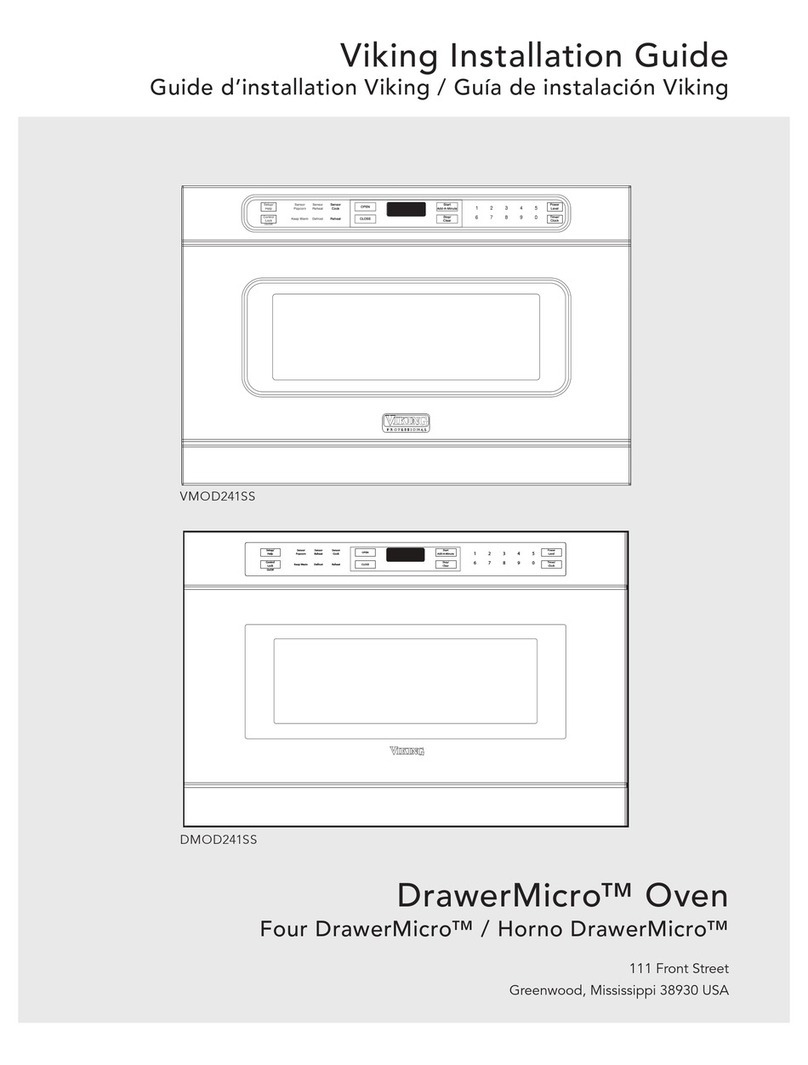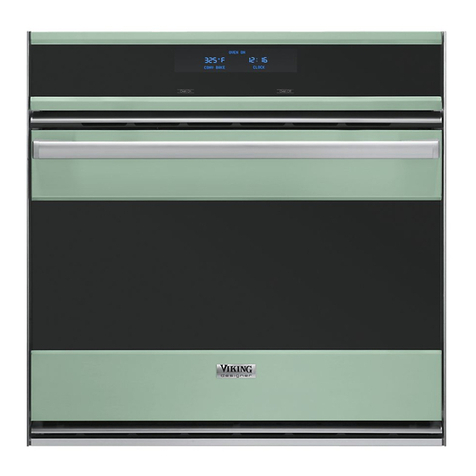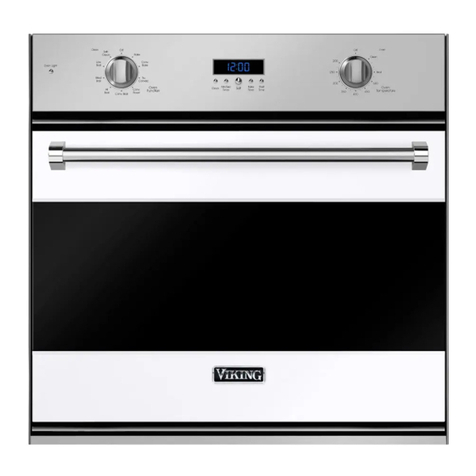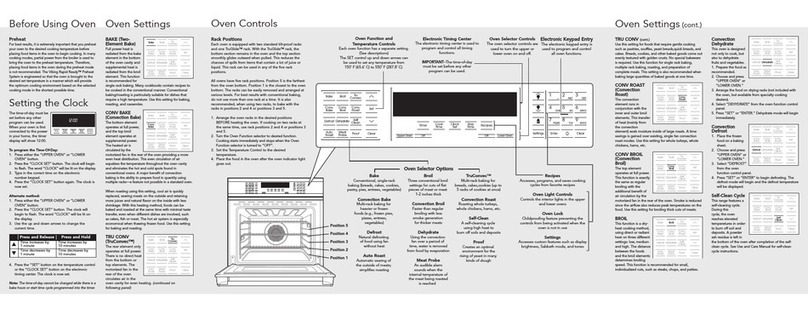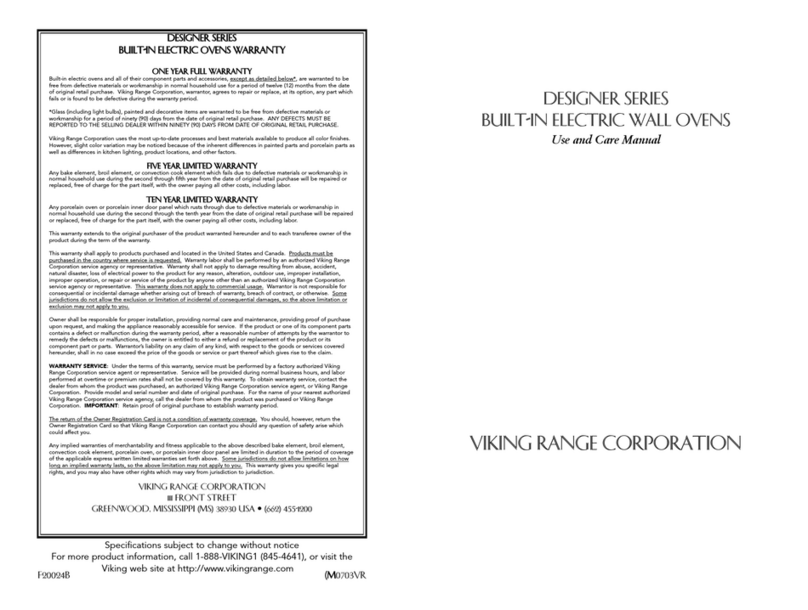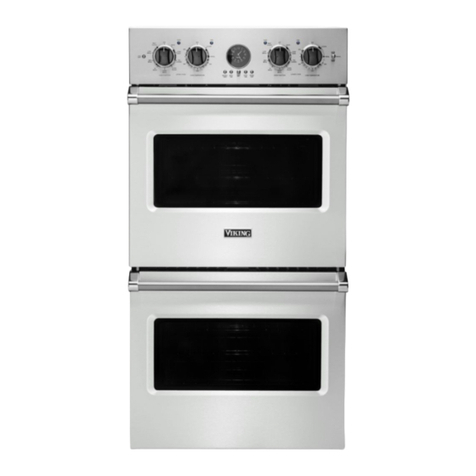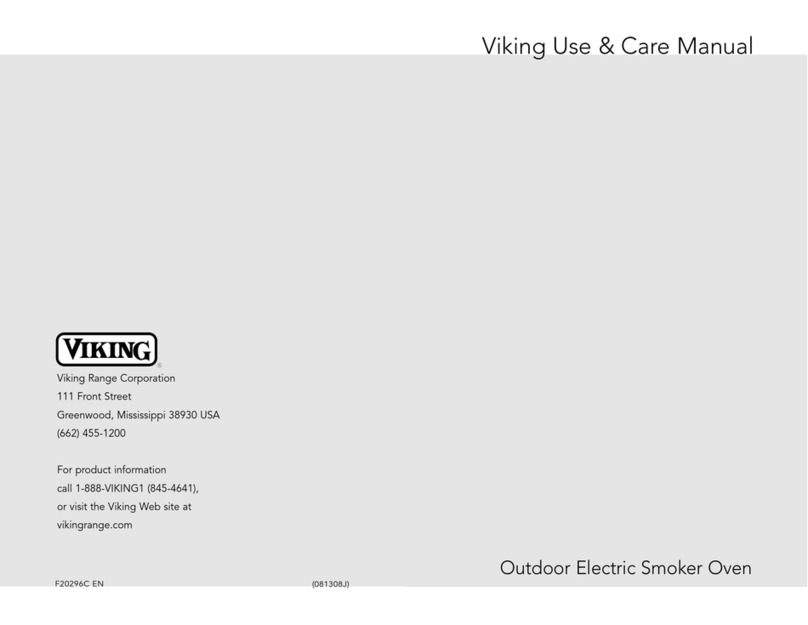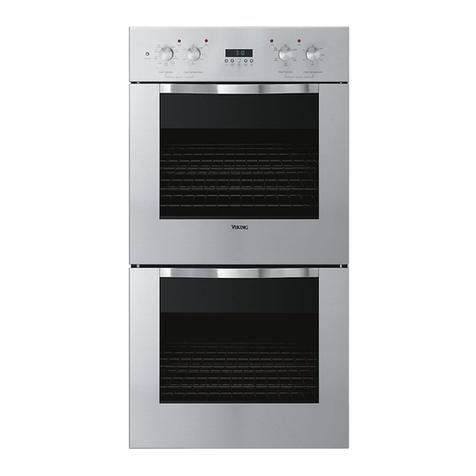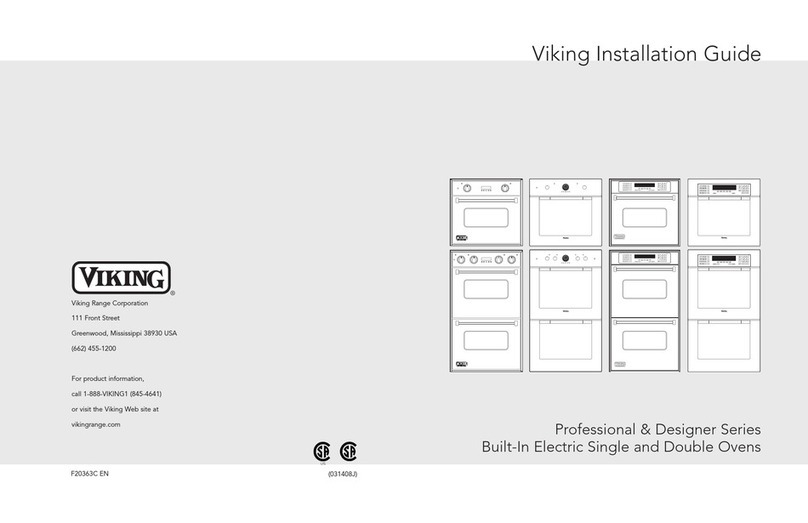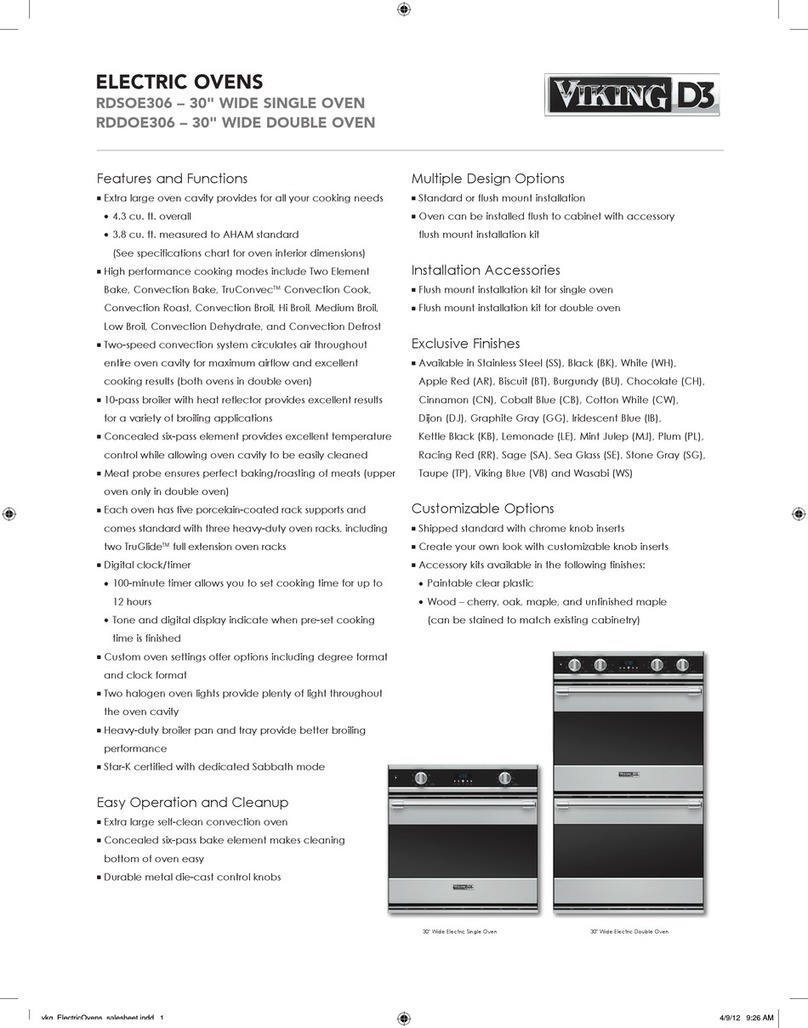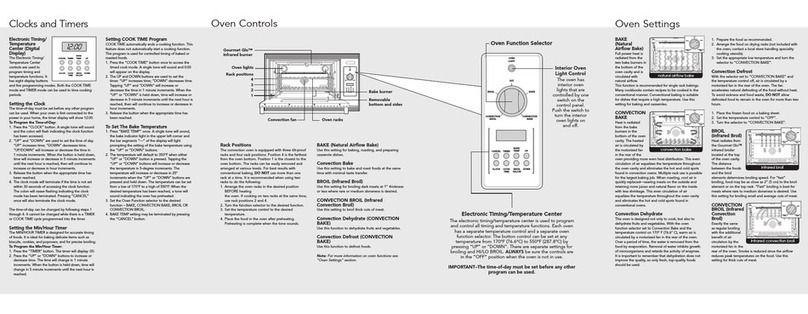G tting Start d
Warnings & Safety ____________________________________________4
Before Using Oven __________________________________________12
Product Controls
Setting the Clock ____________________________________________13
Oven Control Panel__________________________________________14
Oven Features ______________________________________________16
Clocks and Timers ___________________________________________17
Oven Functions and Settings _________________________________20
Op ration
Using the Oven _____________________________________________22
Preheat __________________________________________________22
Meat Probe Function ______________________________________22
Rack Positions_____________________________________________23
Conventional and Convection Cooking ______________________24
Condensation _____________________________________________26
Pan Placement Tips________________________________________27
Baking _____________________________________________________28
BAKE (Two-Element Bake) __________________________________28
CONV BAKE (Convection Bake) _____________________________28
TRU CONV (TruConvec™) __________________________________29
Solving Baking Problems _____________________________________32
Roasting____________________________________________________33
CONV ROAST (Convection Roast) ___________________________33
Broiling_____________________________________________________38
CONV BROIL (Convection Broil)_____________________________38
HI BROIL _________________________________________________38
MED BROIL ______________________________________________38
LOW BROIL ______________________________________________39
Convection Dehydrate/Defrost ________________________________42
Product Car
Cleaning and Maintenance ___________________________________43
Self-Clean Cycle_____________________________________________45
Replacing Oven Lights _______________________________________47
Troubleshooting _____________________________________________48
Service Information __________________________________________49
Table of Contents
Your purchase of this product attests to the importance you place
upon the quality and performance of the major appliances you use.
With minimal care as outlined in this guide this product is designed
to provide you with years of dependable service. Please take the few
minutes necessary to learn the proper and efficient use and care of
this quality product.
Some of the key features of this appliance include:
• A broad range of baking and broiling modes—up to 11 cooking
modes in all—to make even your most challenging baking projects a
success.
• A two-speed convection fan that allows you to cook foods more
thoroughly and evenly—even when baking large quantities.
• Four convection modes offering greater air circulation to shorten
cooking times and cook foods more evenly.
• Dual broiling elements producing intense radiant heat for faster
broiling and a larger coverage area.
• Three broiling modes including a new low-broil mode for delicate
broiling and top-browning.
• A halogen lighting system to provide more light with less glare.
• A concealed bake element for easier cleaning.
• Six adjustable rack positions with the largest usable baking space
available in this class.
Your complete satisfaction is our ultimate goal. If you have any
questions or comments about this product please contact the dealer
from whom you purchased it or contact our Consumer Support
Center at 1-888-VIKING1 (845-4641).
We appreciate your choosing a Viking Range Corporation product
and hope that you will again select our products for your other major
appliance needs. For more information about the complete and
growing selection of Viking products contact your dealer or visit us
online at vikingrange.com
Congratulations
